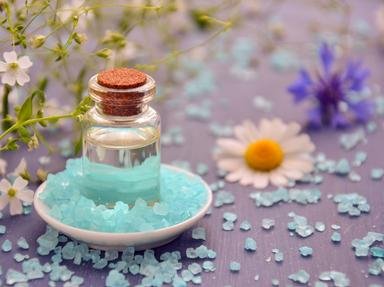Quiz Answer Key and Fun Facts
1. The beautiful delphinium is very poisonous. If large amounts of this plant's extracts are taken, it can cause death. In medieval England, it was believed that the extract from this plant could protect against the sting of which deadly crawling creature in particular?
2. The humble little dandelion has been used by mankind in many ways over time. In folk remedies in Europe, North America and China, it was once used to treat problems related to a bile-producing organ of the body. Which organ was this?
3. Roses are exquisite and prized since time began for their beauty and their scents. The ancients used the plant to help ease stomach pains and problems. By the late 20th century, their properties were being investigated as a possible treatment for which serious condition?
4. Ancient Egyptian doctors used the seed of which plant to relieve any pain experienced by their patients?
5. By the early 21st century, the dainty little sweet pea flower was being experimented on for its potential ability to stop a disfiguring skin condition caused by what?
6. The flowers snowdrops and daffodils are used today to produce a drug called Galantamine. What medical condition is the target of this drug?
7. The acorus plant, which thrives near small bodies of water, was used in ancient Greece as a treatment for which ocular condition?
8. By early 2012, the milky sap from the pretty allamanda flower was being investigated for its beneficial properties in which medical field?
9. Now here's one very interesting little flowering for you. The amaranthus, long looked upon as a weed in several countries, is highly prized in others. It could even be a miracle plant for tomorrow. Before we get to that, however, for which medical aid did the ancient Chinese civilisations use it?
10. The acacia flower, which is related to the wattle, grows very well in Australia and Africa. In Ethiopia, to what unusual use was this plant put?
Source: Author
Creedy
This quiz was reviewed by FunTrivia editor
CellarDoor before going online.
Any errors found in FunTrivia content are routinely corrected through our feedback system.

